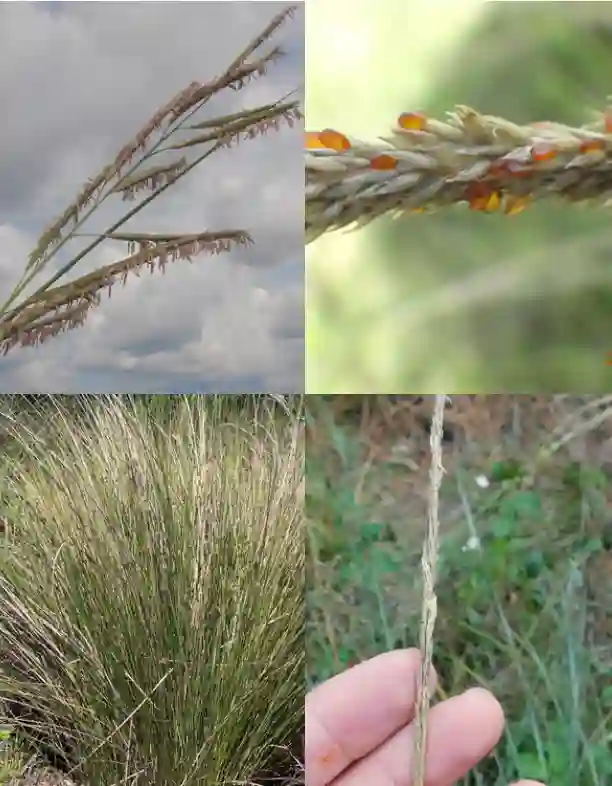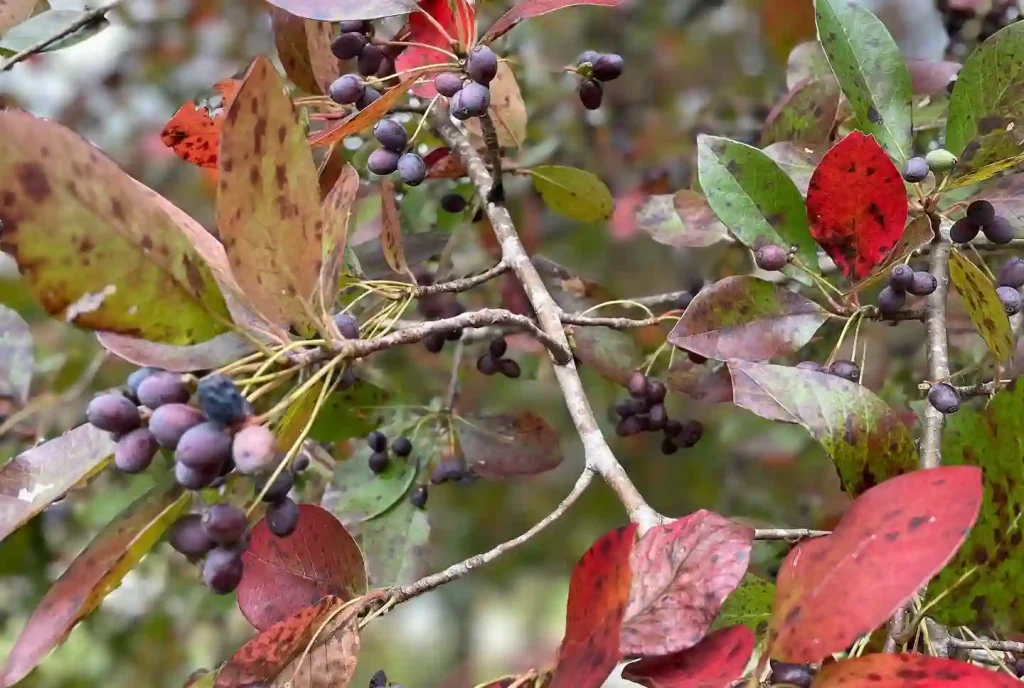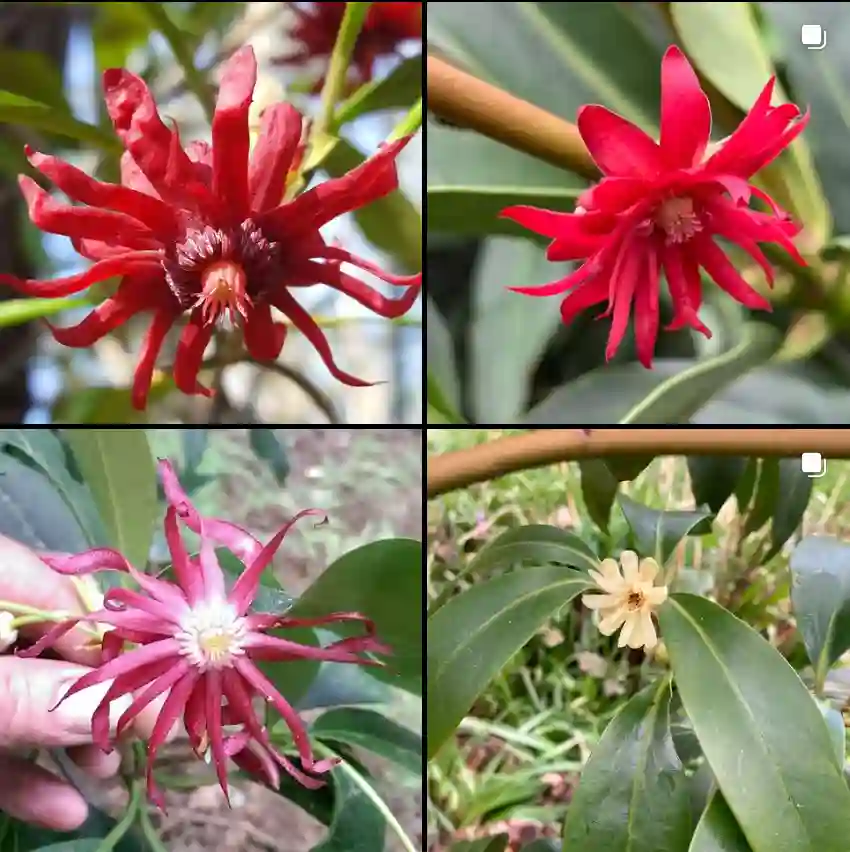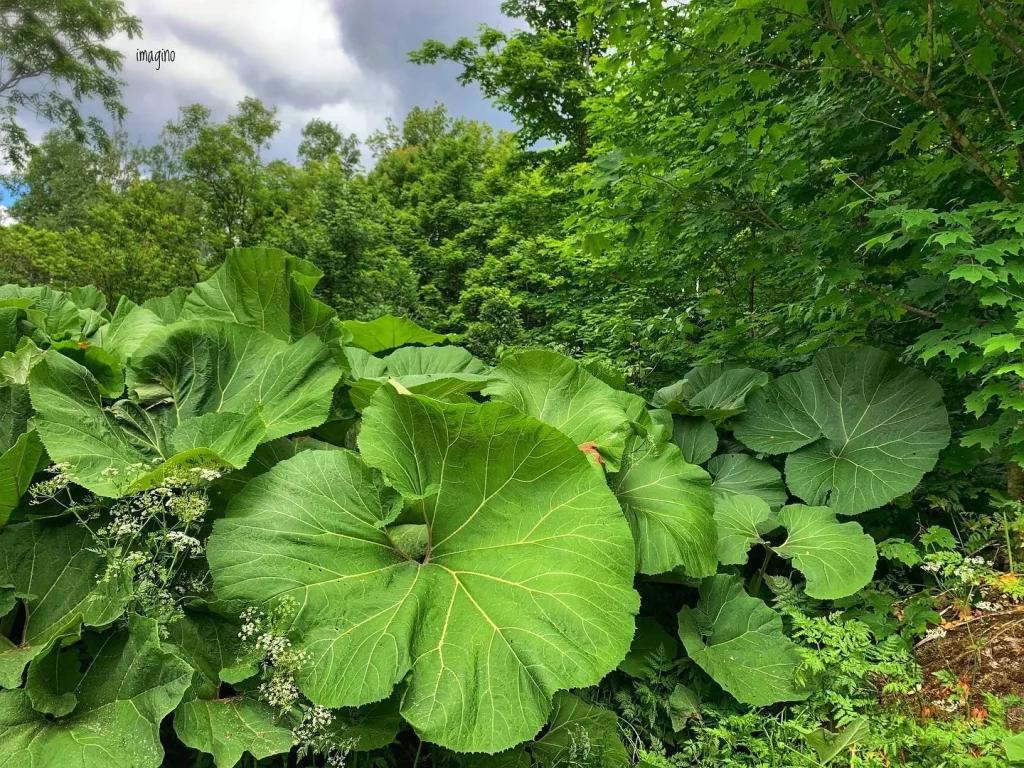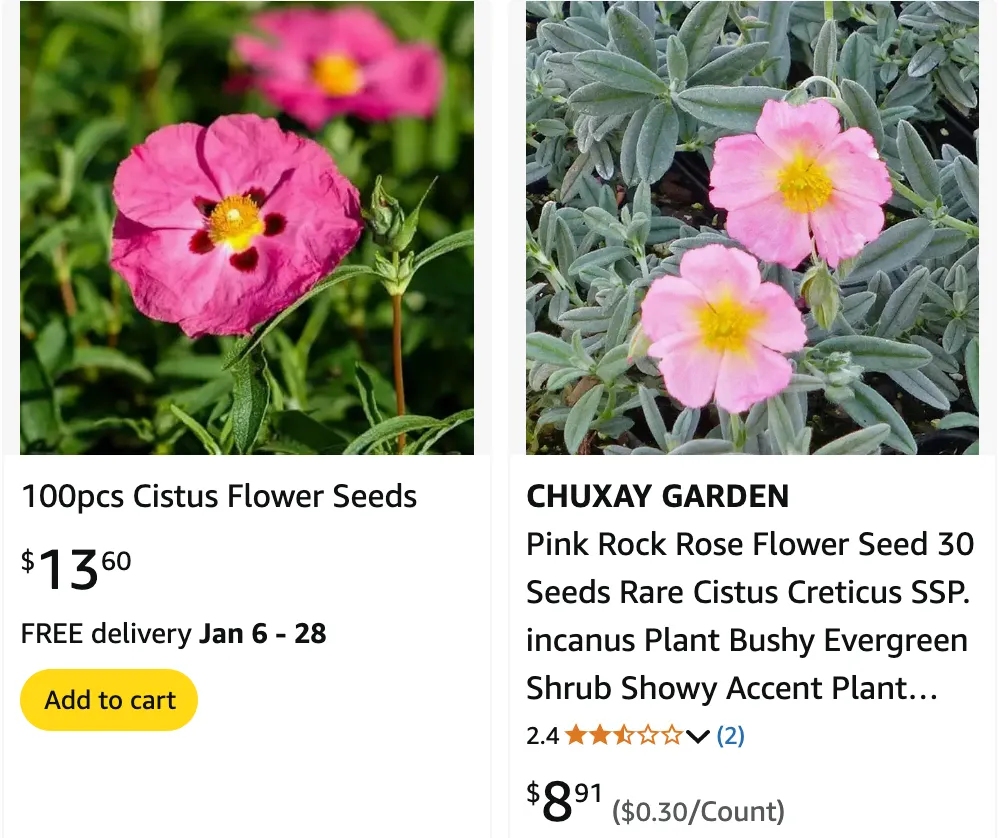
June 23 – Cistus
"Cistus, the rock rose, defines June 23."
Cistus represents passion and persistence. You are fiery and determined, never giving up on your dreams. Like its resilient flowers, you thrive in challenging conditions.
The Enchanting World of Cistus: A Personal Journey
My name is Ferb Vu, and I’ve always been drawn to the resilience and beauty of Mediterranean flora. Among my favorites is the Cistus genus from the Cistaceae family, a group of evergreen shrubs commonly known as rockroses. These hardy plants thrive in the sun-drenched landscapes of Southern Europe and North Africa, their delicate, papery blossoms bringing a touch of magic to the rugged terrain.
A Tapestry of Textures and Scents
What captivates me most about Cistus is the sheer diversity within the genus. Each species boasts unique characteristics, from the silvery foliage of Cistus albidus to the sticky, resinous leaves of Cistus ladanifer. This variety allows for endless possibilities in garden design, creating a tapestry of textures and scents that evolves with the seasons.
One of my earliest encounters with Cistus was in the hills of Andalusia, Spain. The air was thick with the aroma of labdanum, a fragrant resin produced by Cistus ladanifer. This species, also known as gum rockrose, has been prized for its aromatic properties since antiquity, used in perfumes, incense, and even traditional medicine.
A Symphony of Colors
The flowers of Cistus are equally captivating. Their delicate petals, often crumpled like tissue paper, come in a spectrum of colors, from the purest white to vibrant shades of pink, purple, and yellow. Some species, like Cistus ladanifer, even feature contrasting dark blotches at the base of their petals, adding a touch of drama to their appearance.
I recall a particular morning spent wandering through a Cistus grove in Crete. The rising sun illuminated the blossoms, their delicate petals seeming to glow from within. The air was alive with the buzzing of bees, drawn to the flowers’ abundance of pollen and nectar. It was a moment of pure magic, a testament to the captivating beauty of the natural world.
A Haven for Biodiversity
Beyond their aesthetic appeal, Cistus plants play a vital role in their ecosystems. Their dense foliage provides shelter for a variety of wildlife, from small mammals and birds to insects and reptiles. Their flowers, rich in pollen and nectar, attract pollinators like bees and butterflies, contributing to the health and diversity of the local ecosystem.
In my own garden, I’ve observed how Cistus attracts a variety of beneficial insects, including ladybugs and lacewings, which help control pests naturally. This natural pest control reduces the need for harmful chemicals, promoting a healthier and more sustainable garden.
A Resilient Spirit
Cistus plants are remarkably resilient, able to withstand drought, poor soil, and even wildfires. In fact, some species, like Cistus salviifolius, rely on fire to regenerate, their seeds germinating more readily in the ash-enriched soil after a blaze. This adaptability makes them ideal for challenging environments, where other plants might struggle to survive.
I admire the tenacity of Cistus, their ability to thrive in adversity. They remind me that even in the face of challenges, life finds a way to persist and even flourish.
A Diverse Family
The Cistus genus encompasses a wide range of species, each with its own unique characteristics. Here are:
- Cistus × aguilari O.E.Warb.
- Cistus × akamantis Demoly
- Cistus albidus L.
- Cistus asper Demoly & R.Mesa
- Cistus atlanticus (Humbert & Maire) Demoly
- Cistus atriplicifolius Lam.
- Cistus × banaresii Demoly
- Cistus calycinus L.
- Cistus × candidus (Sweet) Demoly
- Cistus × canescens Sweet
- Cistus × cebennensis Aubin & J.Prudhomme
- Cistus × cheiranthoides Lam.
- Cistus chinamadensis Bañares & P.Romero
- Cistus × clausonii Font Quer & Maire
- Cistus clusii Dunal
- Cistus × conradiae Demoly
- Cistus creticus L. Plant FAQs: Cistus Creticus – Cretan Rockrose
- Cistus crispus L.
- Cistus × cyprius Lam.
- Cistus × dansereaui P.Silva
- Cistus × escartianus Demoly
- Cistus × florentinus Lam.
- Cistus grancanariae Marrero Rodr., R.S.Almeida & C.Ríos
- Cistus halimifolius L.
- Cistus heterophyllus Desf.
- Cistus horrens Demoly
- Cistus × hybridus Pourr.
- Cistus × incanus L.
- Cistus inflatus Pourr. ex J.-P.Demoly
- Cistus × ingwersenii Demoly
- Cistus ladanifer L. Plant FAQs: Cistus Ladanifer
- Cistus lasianthus Lam.
- Cistus lasiocalycinus (Boiss. & Reut.) Byng & Christenh.
- Cistus laurifolius L.
- Cistus × laxus Aiton
- Cistus × ledon Lam.
- Cistus libanotis L.
- Cistus macrocalycinus (Pau) Byng & Christenh.
- Cistus × matritensis Carazo Roman & Jiménez Alb.
- Cistus monspeliensis L.
- Cistus munbyi Pomel
- Cistus × nigricans Pourr.
- Cistus × novus Rouy
- Cistus × obtusifolius Sweet
- Cistus ocreatus C.Sm.
- Cistus ocymoides Lam.
- Cistus osbeckiifolius Christ
- Cistus palmensis Bañares & Demoly
- Cistus parviflorus Lam.
- Cistus × pauranthus Demoly
- Cistus × platysepalus Sweet
- Cistus populifolius L.
- Cistus × pourretii Rouy & Foucaud
- Cistus × purpureus Plant FAQs: Cistus Purpureus
- Cistus pouzolzii Delile
- Cistus × revolii H.J.Coste & Soulié
- Cistus × sahucii H.J.Coste & Soulié
- Cistus salviifolius L. Plant FAQs: Cistus Salviifolius – Sage-leaved Cistus
- Cistus × santae (Sauvage) Demoly
- Cistus sintenisii Litard.
- Cistus × skanbergii Lojac.
- Cistus × stenophyllus Link
- Cistus symphytifolius Lam.
- Cistus tauricus C.Presl
- Cistus × timbalii Demoly
- Cistus umbellatus L.
- Cistus × verguinii Coste
- Cistus × vinyalsii Sennen
A Source of Inspiration
My fascination with Cistus extends beyond their botanical beauty. These plants symbolize resilience, adaptability, and the enduring power of nature. They remind me that even in the harshest environments, life finds a way to thrive.
As I continue to explore the world of Cistus, I’m constantly amazed by their diversity, beauty, and ecological importance. These plants are a true gift of nature, a source of inspiration and wonder for all who encounter them.
If i die, water my plants!
